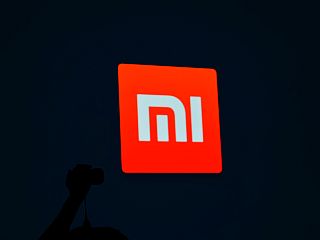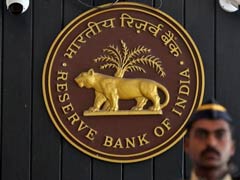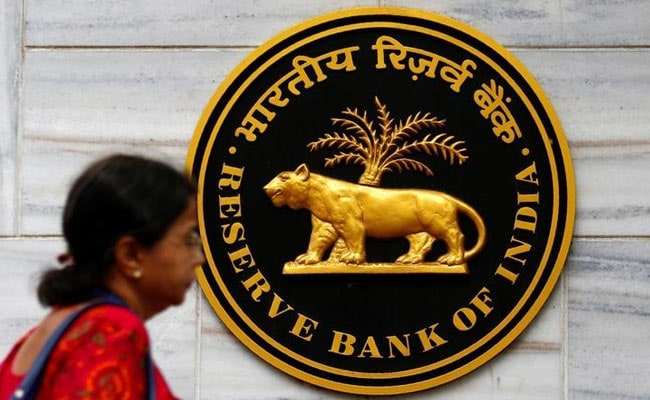
RBI monetary policy: The central bank is expected to turn more hawkish
Here are latest updates on the first RBI monetary policy statement after Union Budget:
RBI says inflation outlook likely to be shaped by these factors:
1) International crude oil prices have firmed up sharply since August 2017
2) Non-oil industrial raw material prices have witnessed a global uptick
3) Inflation outlook will depend on the monsoon, which is assumed to be normal
Domestic petrol and diesel prices rose sharply in January, reflecting lagged pass-through of past increases in international crude oil prices, says RBI in monetary policy statement

Sixth Bi-monthly Monetary Policy Statement, 2017-18 Resolution of the Monetary Policy Committee (MPC) Reserve...https://t.co/kUvShpFoXG
- ReserveBankOfIndia (@RBI) February 7, 2018
Crude oil rates hit three-year high as production cuts by OPEC coupled with falling inventories weighed on global demand-supply balance, says RBI
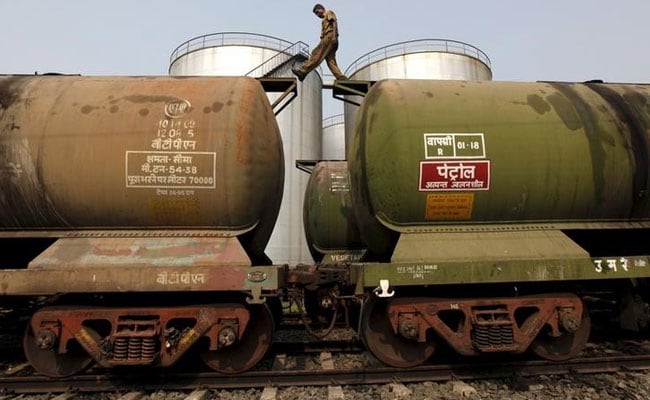
Aditi Nayar, principal economist, Icra Limited, said: "As anticipated, the last planned review for FY2018 saw the Monetary Policy Committee (MPC) leaving the repo rate unchanged at 6 per cent. Moreover, it retained the neutral stance of monetary policy and reiterated its commitment toward achieving the medium term inflation target of 4 per cent." (Read: What experts say on RBI monetary policy)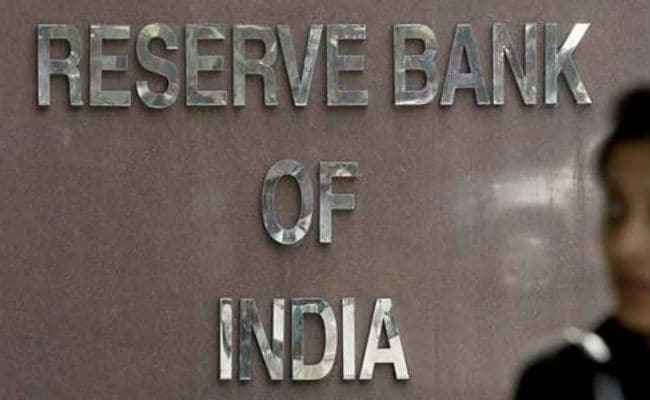

Despite the RBI keeping interest rate steady today, many analysts see the possibility of monetary policy tightening down the road after surging oil and food prices pushed consumer inflation to a 17-month high of 5.21 per cent in December - well above the RBI's 4 per cent target. (Read more)

Five members of the monetary policy committee voted to keep rates unchanged, with one member, Michael Patra, voting for a 25 basis points hike.
Commenting on the RBI policy statement, Anjali Verma, economist, Phillipcapital India, said: "The policy decision is in line with our expectation along with the hawkishness that is built into the statement. While we retain status quo from RBI for FY19, a risk to our call may come from higher inflation."
International crude oil prices, non-oil industrial raw material prices, monsoon to guide inflation outlook in 2018-19: RBI
Here are some other key projections from the central bank's sixth bi-monthly monetary policy statement of 2017-18:
- GVA growth (value of goods and services) for 2017-18 projected at 6.6%
- Reverse repo rate (rate at which it borrows from commercial banks) kept unchanged at 5.75%
- Inflation forecast at 5.1% in fourth quarter of fiscal year 2018
- RBI estimates retail inflation in 5.1-5.6% range in first half of 2018-19, 4.5-4.6% in second half
Oil prices have moved both ways, prices may soften based on production response, says RBI Governor Urjit Patel
Monetary Policy Committee decision to hold repo rate steady consistent with RBI's 'neutral' stance, says Governor Urjit Patel in press conference after release of policy statement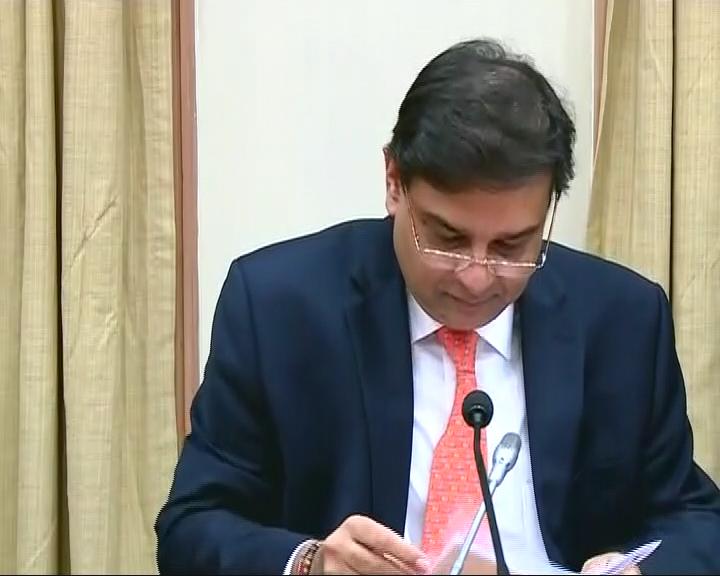

Economic activity accelerated in emerging market economies in final quarter of 2017: RBI
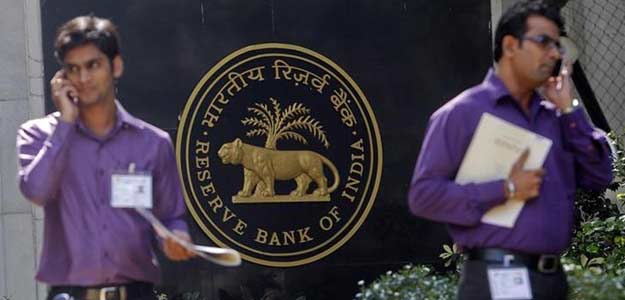
Since last Monetary Policy Committee meeting, global economic activity has gained further pace with growth impulses becoming more synchronised across regions: RBI in its monetary policy statement
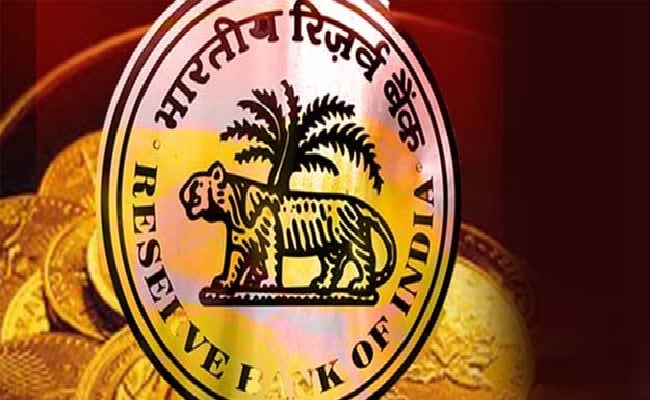
Reserve Bank of India releases monetary policy decision, keeps repo rate unchanged at 6%
The RBI's top brass will interact with researchers and analysts through teleconference between 5.00 pm and 5.30 pm.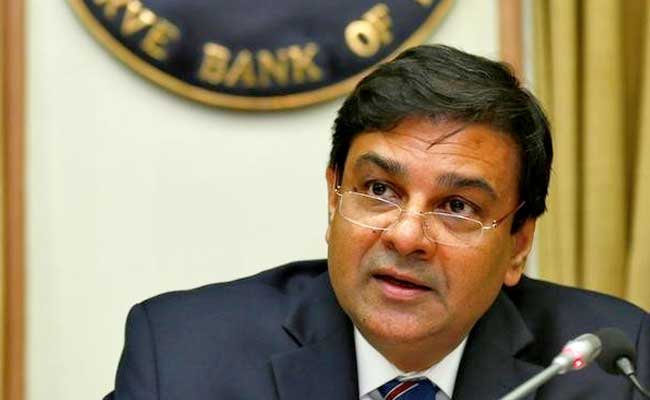

Within minutes from now, the RBI will release its monetary policy statement. This is the first policy statement after the unveiling of Union Budget for financial year 218-19. The central bank's commentary on inflation will be closely watched. 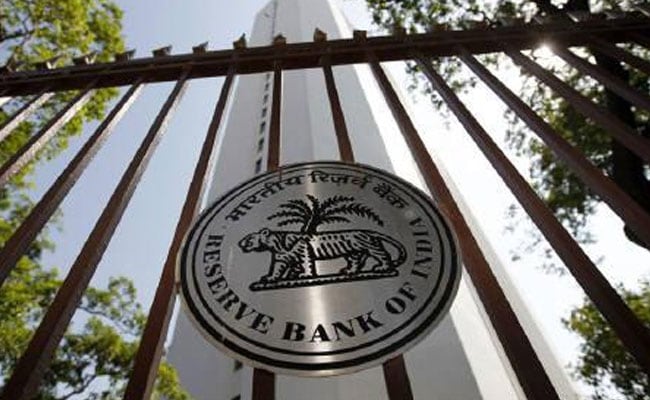

Market update: Sensex and Nifty struggle ahead of RBI policy decision. Sensex down about 25 points while Nifty trading flat near 10,500. "The policy meet is another brick in the wall as all major factors are global currently," said Jayant Manglik, president, Religare Broking. "The volatility and uncertainty is going to continue for some time." (Read more)
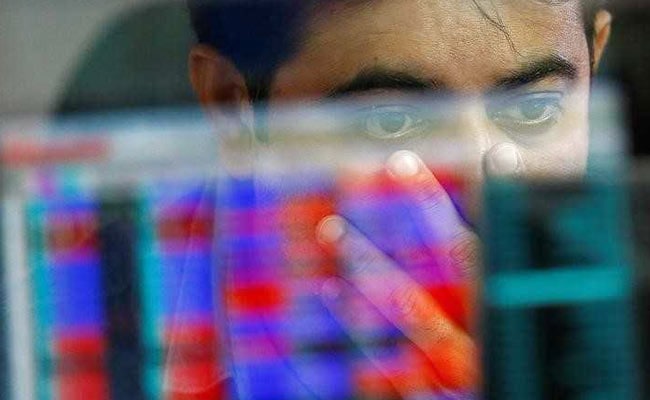
Some analysts expect inflation to accelerate after the government in Budget 2018, which was unveiled last week, widened its fiscal deficit target for the fiscal year starting April. A Bloomberg survey shows the inflation rate is expected to hit 5.5 per cent by June.
The Reserve Bank of India's policy stance is currently "neutral". The central bank is expected to turn more hawkish as inflation has accelerated sharply.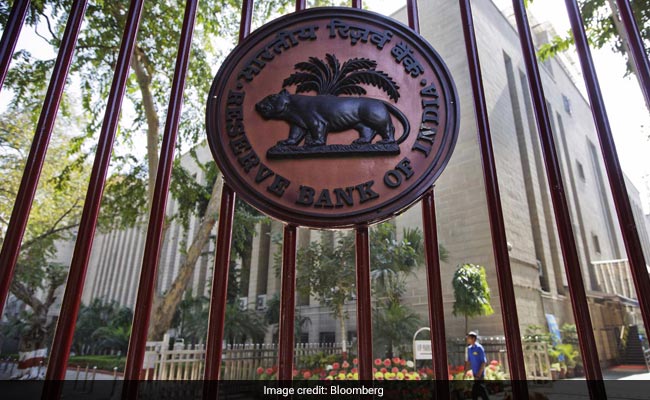

For sure, a rate hike in 2018 is far from certain, as the RBI has to be careful not to slow an economy that needs rapid growth to create jobs. The RBI will also be mindful of the global economy, in case of a sharp downturn that impacts India.
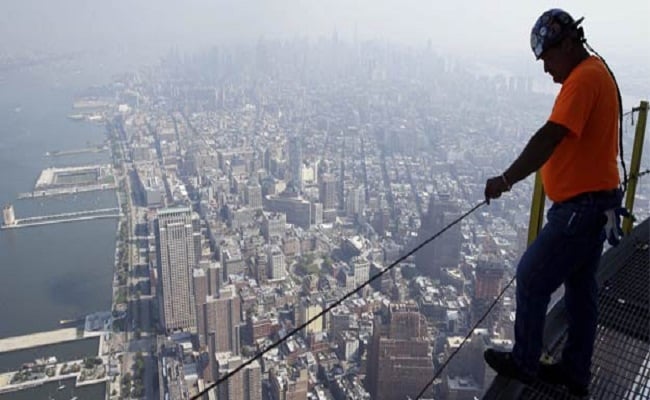
The RBI has held the repo at 6.0 per cent since a 25 bps cut in August, having taken advantage of a period of extraordinary low inflation to cut rates by 200 bps since early 2015.

The Reuters poll showed 14 out of 35 analysts believe the RBI will hike rates by the end of 2018, up from 7 out of 27 in December.
But more analysts now believe tightening looms down the road after surging oil and food prices led consumer inflation in the country to a 17-month high of 5.21 per cent in December - well above the RBI's 4 per cent target. (Read more)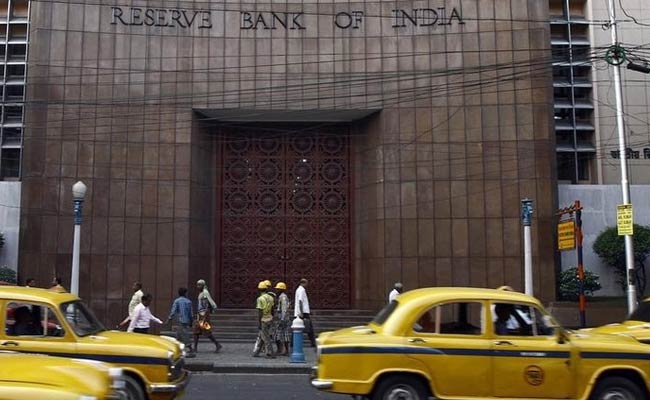

A Reuters poll showed 58 of 60 economists expect the repo rate to be kept at 6.00 per cent, the lowest since November 2010, and the reverse repo rate at 5.75 per cent. The other two predicted a 25 basis points hike.
Amid a strong recovery in global equity markets, the BSE Sensex rose as much as 470 points in morning to hit an intraday high of 34,666, but lost most of those gains in afternoon. In the past three sessions, the Sensex had fallen more than 1,700 points in tandem with a selloff in global markets. The prospect of monetary tightening across the globe had roiled global equity markets. (Latest Sensex updates)
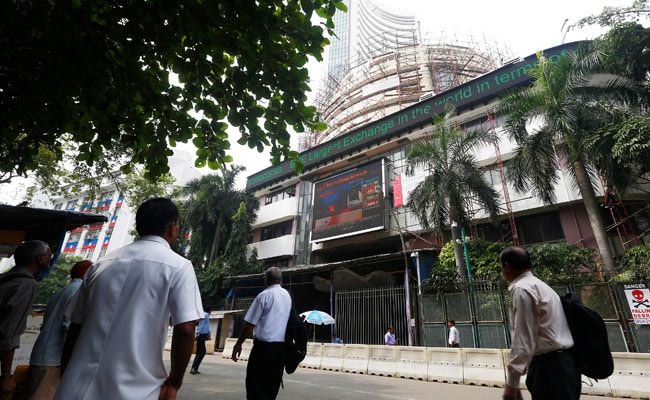
A two-day meeting of the Monetary Policy Committee, chaired by RBI Governor Urjit Patel, began on February 6 for the sixth bi-monthly statement of 2017-18. The resolution of the Monetary Policy Committee or MPC will be released on the Reserve Bank of India website at 2:30 pm.
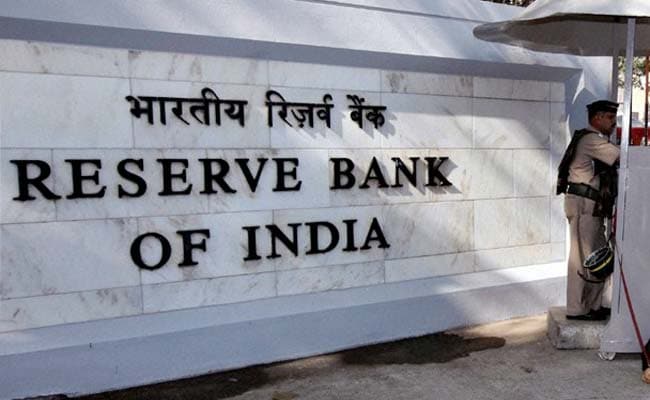
"New inflation risks are emerging post-budget, so it will have to sound hawkish - but not overly so," says financial services company BNP Paribas, adding that it expects two 25-bps rate hikes in the second half of 2018. But some analysts say a rate hike in 2018 is far from certain, as the RBI has to be careful not to slow an economy that needs rapid growth to create jobs. 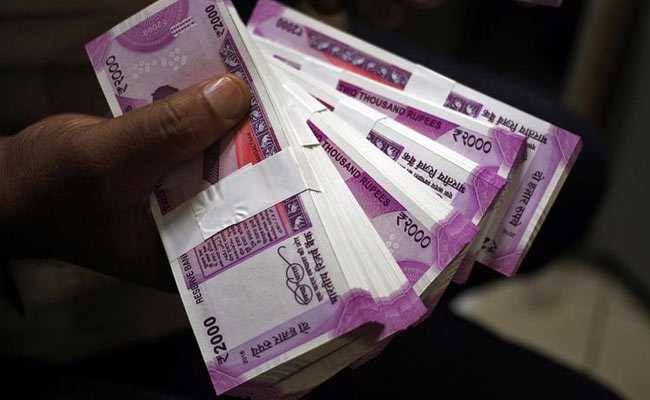

Minutes from the RBI's December policy meeting showed policymakers were increasingly worried about inflation. In recent months, rising oil prices have pushed up the inflation rate and the government's decision to increase spending and raise the minimum support price for agricultural produce will add to escalating price pressures, say analysts. (Read more)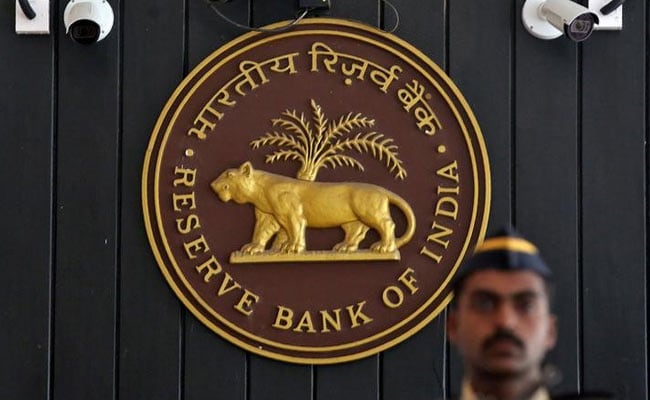

The central bank's commentary on the inflation trajectory will be closely watched. "Inflation is rising and the government has also deviated from the fiscal consolidation path outlined earlier. Clearly, the pressure is building on the RBI to hike rates. However, we expect a status quo in the near-term," said Tushar Arora, senior economist at HDFC Bank. "We believe that the RBI is likely to wait and see how durable these upside risks are." (Read more)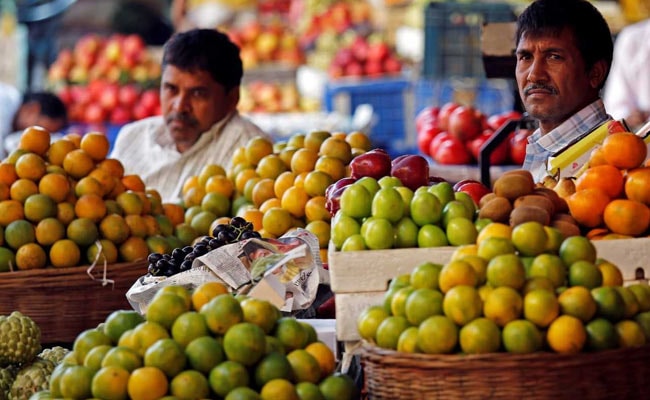

In a move that could push inflation higher in coming months, the finance minister increased government spending for rural areas and announced a larger fiscal deficit target in Budget 2018.

The finance minister set the fiscal deficit target for 2018-19 at 3.3% of GDP, slightly higher than market expectations for 3.2 per cent. (Read more)
Finance Minister Arun Jaitley earlier this month unveiled the country's last full-year budget before a general election due in 2019. The Union Budget for 2018-19 spoke of an increased spending on rural infrastructure and higher minimum support prices for farmers also announced plans to launch the world's largest healthcare programme that will cover 10 crore families.
No more content
Comments

